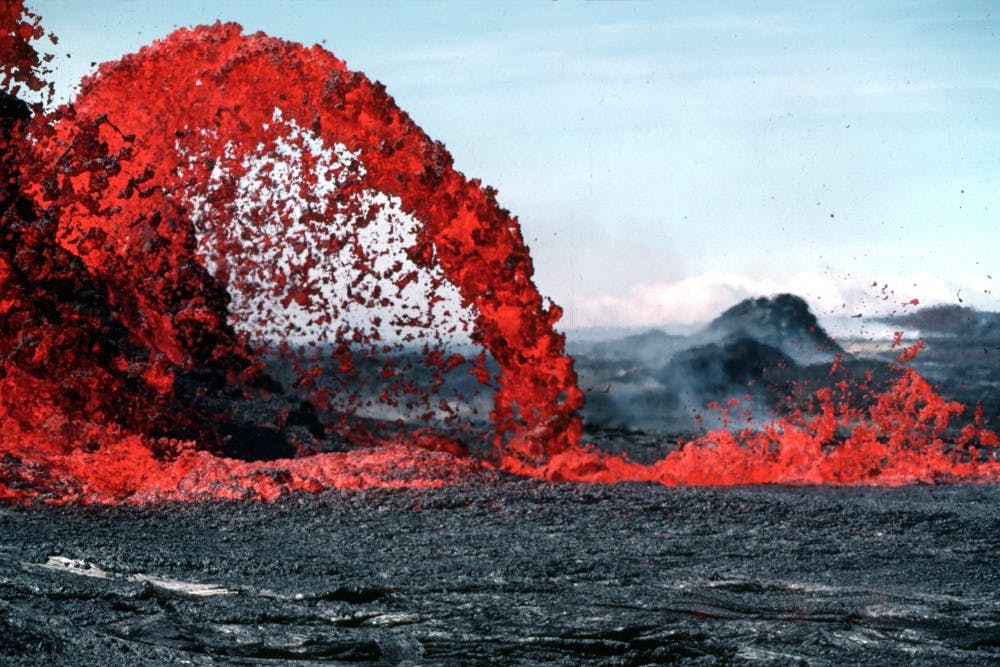Underneath the tranquil and beauty that is the Yellowstone National Park is the Yellowstone Caldera, a supervolcano classified as able to produce upwards of 1,000 cubic kilometers of volcanic deposits such as rock and ash.
The sheer magnitude of the supervolcano’s strength makes it likely that an eruption would cover the United States with a thick layer of ash. However, the supervolcano will affect far far past just the United States. The possibility of an eruption places the Earth in jeopardy of entering a volcanic winter, which would lead to a reduction in global temperatures.
According to a certain hypothesis, an eruption from a supervolcano takes place every 100,000 years. Yellowstone hasn’t had an eruption for nearly 631,000 years and many are left wondering if the Yellowstone supervolcano is next in line for an eruption.
A recent detailed examination from Arizona State University reveals that the hypothesis may actually be incorrect. This new interpretation in fact indicates that the sequence of events leading up to an eruption may occur at a much faster rate than volcanologists have previously expected.
Scientists found doubt that the cause of Yellowstone’s last supereruption was the movement of fresh magma into the supervolcano system, but the theorized time frame of that movement has varied.
Hannah Shamloo is a graduate student at Arizona State University who spent several weeks with colleagues at a fossilized ash deposit from Yellowstone’s last supereruption, called the Lava Creek Tuff.
She collected and analyzed samples from the deposit, pinpointing trace crystals within the samples and using them to identify the changes in temperature, pressure and water content beneath the volcano, before its eruption.
The crystals are one to two millimeters in size and are known as phenocrysts. They form from layers of cooling magma inside the volcano’s magma chamber before being ejected during eruption.
A close analysis of these phenocrysts allowed Shamloo to make the proposal that events building up to the last supereruption began only decades before, in contrast to the prior notion that assumed the events started millenniums ago.
“It’s shocking how little time is required to take a volcanic system from being quiet and sitting there to the edge of an eruption,” Shamloo said, according to The New York Times.
This discovery comes as a shock because it pushes scientists to realize that the cycle for a supereruption is capable of running its course within an individual’s lifespan. According to Kari Cooper, who is a geochemist at the University of California, Davis, it’s hard to imagine the immensity of an eruption.
“It’s one thing to think about this slow gradual buildup — it’s another thing to think about how you mobilize 1,000 cubic kilometers of magma in a decade,” Cooper said, according to The New York Times.
Although Shamloo’s research is foreboding, it is not enough to forecast when Yellowstone’s next supereruption will be. Nevertheless, further studies will eventually allow an understanding and ability to predict volcanic eruption patterns.





